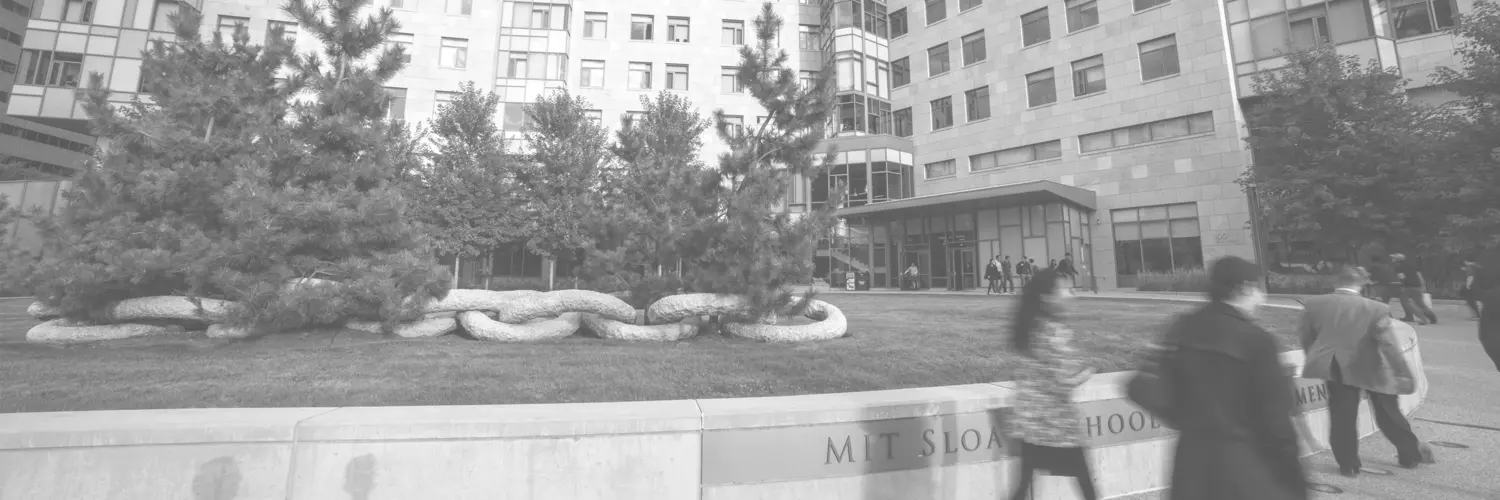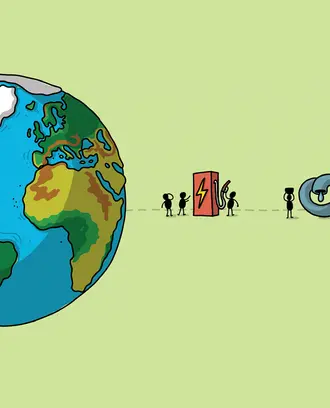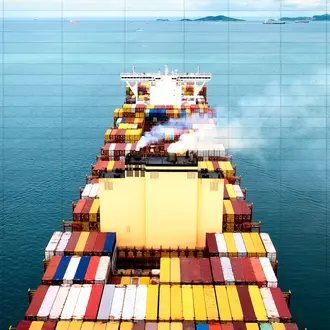On Jan. 8 Salesforce Tower opened its San Francisco doors to tenants, with Salesforce occupying roughly half of the skyscraper’s 61 floors. At 1,070 feet tall, Salesforce Tower is the tallest building in San Francisco — and by 2019, it will also feature the largest on-site water recycling system in a commercial high-rise building in the U.S.
Called a blackwater system — which Salesforce is installing in collaboration with the City of San Francisco and Boston Properties — it’s expected to save up to 30,000 gallons of fresh water a day, or 7.8 million gallons a year. That is equivalent to the water consumption of 16,000 San Francisco residents annually.
“Offices can be a physical expression of our values,” said senior director of sustainability at Salesforce Patrick Flynn, MBA ’12. “The blackwater system was a natural fit for our mission.”
Salesforce Tower.
See the full infographic.Credit: Salesforce
Salesforce is committed to incorporating sustainability into all areas of its business, Flynn said, and working towards achieving 100 percent renewable energy within the next few years. The company is doing this by building to LEED standards whenever possible and increasing its investment in virtual power purchase agreements, among other things.
Salesforce Tower will contribute to this goal by collecting water from a rooftop rainwater system, cooling towers, showers, sinks, and toilets, and treating it in a centralized treatment center for reuse. That water will be repurposed for systems like toilets and drip irrigation systems. Overall, Salesforce expects the system to reduce the building’s water consumption by 76 percent.
Construction will start on the blackwater system in Salesforce Tower this spring. It is expected to take six months to complete, followed by a commissioning period during which San Francisco and county agencies will perform water quality tests and balancing. Salesforce expects the system to be ready to use in early 2019.
While Flynn points out that the blackwater system would not be right for all buildings, since its technology is geared towards regions that experience drought, “we hope that this shows a path forward that other companies can follow and inspire them to take sustainable action as well,” he said.




